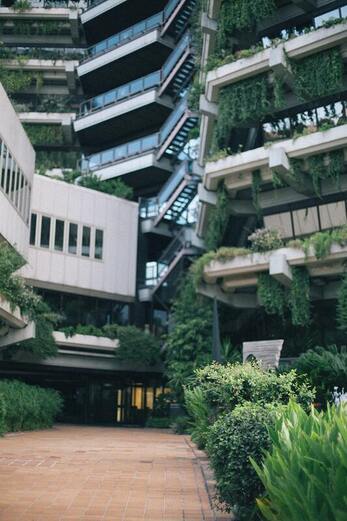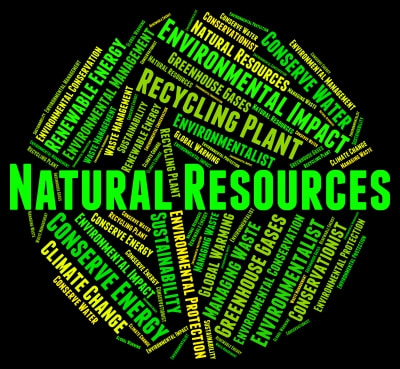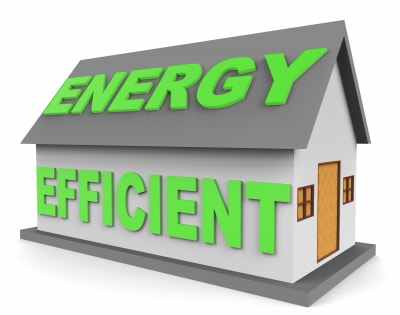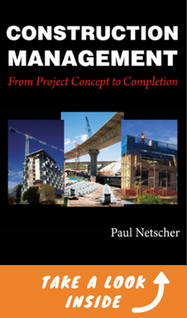Blog | Construction Management – Construction Project Management Services and Construction Books
Table of Contents
Toggle [ad_1]
Commercial buildings account for a large percentage of the overall carbon emissions in the world. Due to this alarming statistic, building or retrofitting structures in line with green initiatives and transitioning to a sustainable building method are logical solutions to reduce C02 emissions.
“The purpose of green buildings is to reduce the occupants’ reliance on artificial devices and maximize the use of the natural resources surrounding the structure.”
The purpose of green buildings is to reduce the occupants’ reliance on artificial devices and maximize the use of the natural resources surrounding the structure. If you are interested in creating or renovating your existing building to become more sustainable, here are some vital considerations for green building design.
Steps to making your building green
Building orientation is the process of facing a structure in a certain way to maximize various aspects of its surroundings, such as the warmth of the sun, curb appeal, wind patterns, and drainage system. With rising energy costs, it is an effective passive technique to capitalize on natural energy while maintaining thermal comfort.
Below are some tips to maximize natural heat gain through orientation:
- Orient the floor plan: Strategically design the frequently used areas in your commercial space towards the south. Doing so will benefit the occupants during winter and provide relief during summer.
- Plan for tree shade: Trees are a crucial component in passive solar design since they can provide shade from the glaring sun. The building designer must consider the age, species, and growth rate of the surrounding vegetation to determine building orientation accurately.
- Install several windows: While it is advisable to install large windows as much as possible, you still need to consider heat transfer during the colder months. Be wise in choosing efficient and glazed windows depending on the building type.
- Wind direction: Being considerate about the prevailing wind direction around your building is necessary for passive cooling design, protection against adverse winds, and preventing snow from piling up on windows and doors.
For instances where kerb appeal and lot dimensions hinder your builder’s ability to orient your space, you can still achieve efficiency by employing energy-saving features, insulation, and cool roofs.
Solar shading and control directly impact the efficiency of your commercial building. Also called daylighting, solar shading involves using specific technologies to combat glare and reduce heat gain without preventing natural light. The process reduces your reliance on artificial lighting and HVAC systems.
In a nutshell, solar shading eliminates direct heat and sunlight to help keep a space cool and efficient. Here are the two types of solar shading to help you decide which method is best for your building:
- Fixed Solar Shading: Fixed shading is a structural feature that helps reflect or block sunlight. If you want to employ this method, your builder must note the sun’s path and direction throughout the day and seasons to maximize its effectiveness. It is also an ideal solution to improving curb appeal when designed correctly.
- Dynamic Solar Shading: Dynamic shades are interior features that offer optimal thermal performance. It changes throughout the day to keep up with the sun’s angle and intensity. Shade fabrics are the most popular option for this shading variety. Once installed, the interior fabric can complement the overall design and lead to significant energy savings.
In addition, by reducing heat gain, solar shades can help reduce the need for air conditioning systems. When used in conjunction with other passive methods such as night cooling, it also has the potential to eliminate your need for HVAC devices, depending on your location.
Choosing sustainable materials is also a practical option for green buildings. Material selection during construction is crucial to determine your building’s impact on the environment. For instance, it would be best to choose locally sourced sustainable materials as it can also help minimize transportation costs and help the community.
Here are some examples of recycled building materials:
- Wood
- Steel
- Concrete
- Asphalt shingles
- Drywall
Recycled materials can also help reduce landfills and the need for non-biodegradable products. A perfect example of recyclability is metal roofs since they primarily consist of recycled metal sheets. You can also choose a lighter roofing shade for your commercial roof to lower heat gain and install energy-efficient flat-panel skylights for natural illumination.
4. Building Envelope
The building envelope is also a critical component in your commercial space as it divides the interior and exterior parts. The primary functions of building envelopes include security, shelter, solar and thermal control, moisture control, indoor air quality, and daylight access, to name a few.
The builder can also build the envelope differently depending on the location. For instance, a loose envelope allows airflow throughout the building. Meanwhile, a tight envelope controls the in and out airflow of the structure.
5. Window-wall Ratio (WWR)
The window-wall ratio is a crucial energy-saving design that can affect your building’s energy consumption. The WWR refers to the portion of an exterior wall that consists of windows and is a significant value in determining a structure’s energy performance.
Since windows can cause twice the energy loss compared to a wall, they can impact your existing HVAC system. Therefore, the size and number of your windows should depend on the climatic conditions in your area. Aside from shading, you can purchase windows with superior glazing systems and lower heat gain to reduce heat and glare.
6. Structural Design
The commercial building and construction industry is accountable for the largest raw materials consumed in various applications. Combined with the continuing growth of the population, it is necessary to find alternatives and solutions to reduce resource depletion.
Here are some of the ways of material efficiency:
- Recycled materials
- Resource and energy-efficient materials
- Renewable materials
- Refurbished or salvaged materials
- Locally available materials
- Moisture-resistant products
Proper management and usage of construction materials is a significant concern in every building project. It is crucial to employ effective techniques to ensure material efficiency and resource conservation.
7. Smart Lighting
Lighting accounts for up to 20% of a building’s total energy usage worldwide. Proper and adequate lighting affects occupant health, comfort, and productivity, so you need to implement efficient lighting solutions for your building.
The best way to establish sustainability in your business is to allow as much natural light as possible. Daylighting helps reduce lighting costs, but it is also beneficial to your employees. If natural illumination is not enough, you can use CFL or LED lights to minimize consumption and heat pollution.
8. Water Conservation
Water regulation and quality are some of the fundamental objectives of a green building. Please pay close attention to your plumbing system since it primarily deals with water distribution and disposal. Start by regularly maintaining the pipes and installing water-conserving fixtures to reduce water loss. You can also practice rainwater collection and use it for toilets and landscaping. Install an efficient drainage system and harvesting canisters to practice recycling water.
9. Energy Usage
Although fossil fuels paved the way for generating electricity in homes and factories in the past, they are responsible for global warming due to the trapped heat. Thankfully, we have found alternative power sources such as solar heaters, solar panels, natural ventilation, and daylighting. By implementing an intelligent approach toward energy consumption, we can hopefully eliminate the need for fossil fuels.
“reduce, reuse, and recycle”
10. Waste Management
Responsible waste management involves strategically placing waste disposal boxes and garbage chutes. You can help reduce landfill waste by strictly implementing reduce, reuse, and recycle practices inside your commercial building.
To achieve this, you need proper planning to dedicate certain areas inside the facility for waste management. Segregate waste and employ effective wastewater collection systems that will go hand in hand with your plumbing lines.
Good green building design will save money
Green buildings are the key to reducing the energy and emissions rate of the construction industry. The term refers to the zero-impact construction of commercial and residential structures, which involves using sustainable materials and improved efficiency.
Ultimately, the application of efficient practices is highly beneficial for your business. You stand to gain reduced operational and power costs, shorter investment returns, and increased asset value as more people choose to become sustainable. Creating healthy spaces for your employees or occupants is undeniably crucial to the success of your commercial structure.
Author
Chris Jackson is an experienced Business Development Manager with a demonstrated history of working in the construction industry. He is currently employed by Best Access Doors, an access door supplier in the US and Canada, and has been working for the company for more than 12 years now. His area of expertise is on Negotiation, Roofers, Sales, Project Estimation, and Facility Management (FM)
|
Construction Management From Project Concept to Completion
Packed with invaluable tips, insights and advice, this easy to read construction project management book explores the complete construction project lifecycle: from project inception, where the owner decides what they want, where they want it and how much they can pay to planning the project, deciding what help you need, appointing the project team, project investigations, budgets, the design process, selecting the right contractor, preliminary project work, construction management and finally, commissioning and project completion. |
|
[ad_2]
Source link





